Belgium: Heading Home
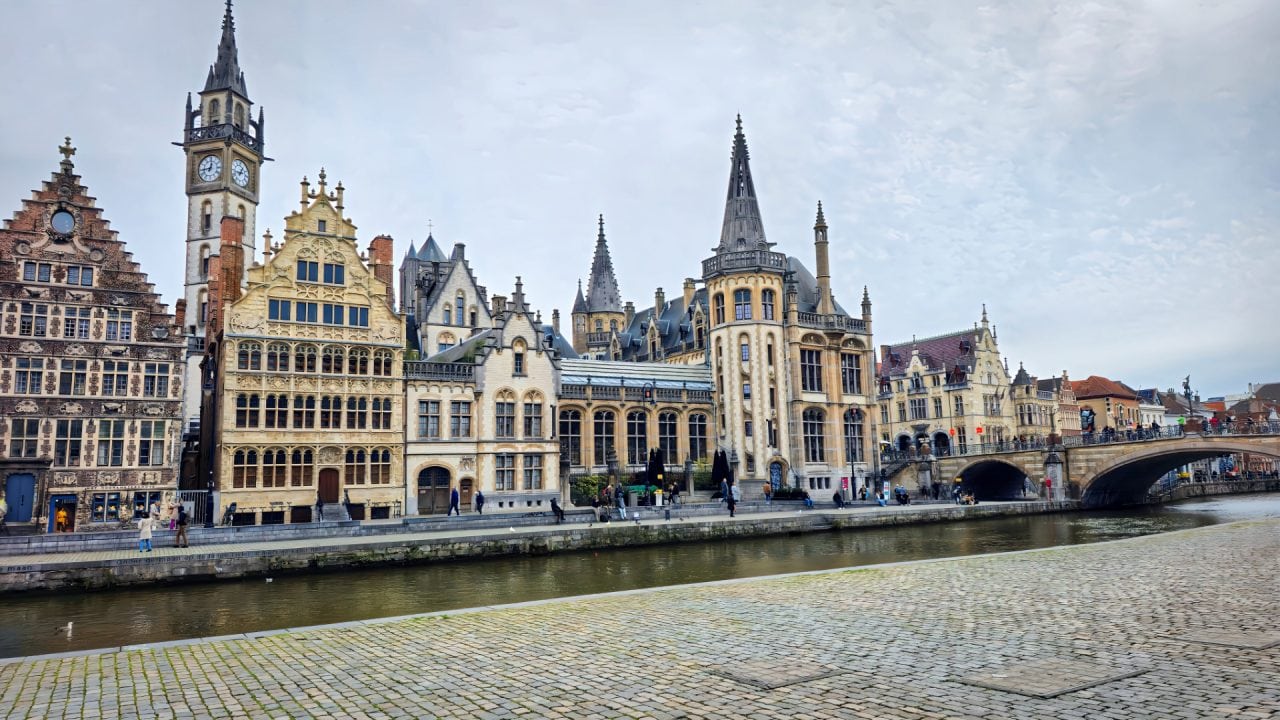
This post is really two stories in one. First, there’s the tale of our RV, as it sat on the docks in Antwerp, awaiting shipment to Canada and all the chaos that led to this point. The second story is a lot more fun—it’s about our lovely four-day trip to Ghent. Let’s start with Ghent, and I’ll finish up with the RV saga.
We chose Ghent partly because it’s close to Antwerp’s docks if we need to get back in a hurry and partly because a few years ago, we had taken some beautiful photos of it. I wanted to see it again, and without the RV, we had to find a place to stay. I managed to book us a great two-room suite right in the center of historical Ghent. The two rooms were a lifesaver since my husband and I are on very different schedules—he gets up early, and I go to bed late. Sharing a single room always causes some disturbance, so the setup was perfect.
Ghent is just as lovely as we remembered—its spires and canals are beautiful. The Lieve Canal, which was built in the 13th century, really caught my attention. It was constructed to bypass Bruges, giving Ghent a direct and secure route to the North Sea and helping it grow into one of the wealthiest cities in Europe during the Middle Ages. Can you believe they built a 46 km canal with 13th-century tools? Ghent’s textile industry was booming, and in the 13th century, Ghent was second only to Paris in size and wealth.
Ghent is in Flanders, where Dutch is the official language. However, the city is quite multilingual, with Dutch, French, and even English widely spoken, which made our visit easy.
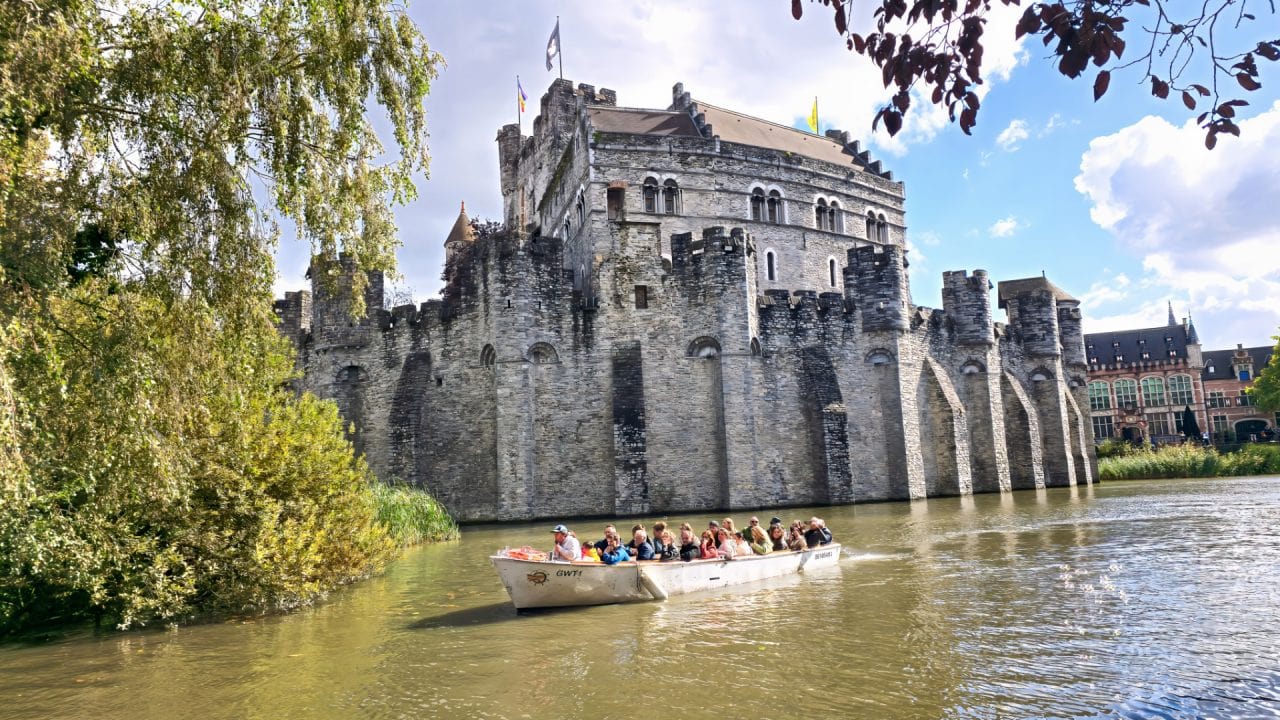
Right in the heart of the city stands Gravensteen, a 12th-century medieval castle that’s had a variety of uses over time—a courthouse, a prison, even a cotton factory. What amazed us was how it’s located right in the middle of town. We took a boat ride on the canal that loops around one side, while streetcar tracks run along the other. You really get a sense of history just walking by.
Ghent is known for its sustainability efforts. In 2009, the city became the first in the world to launch a “Thursday Veggie Day” campaign, encouraging citizens to eat vegetarian once a week. It has since become one of Europe’s greenest cities.
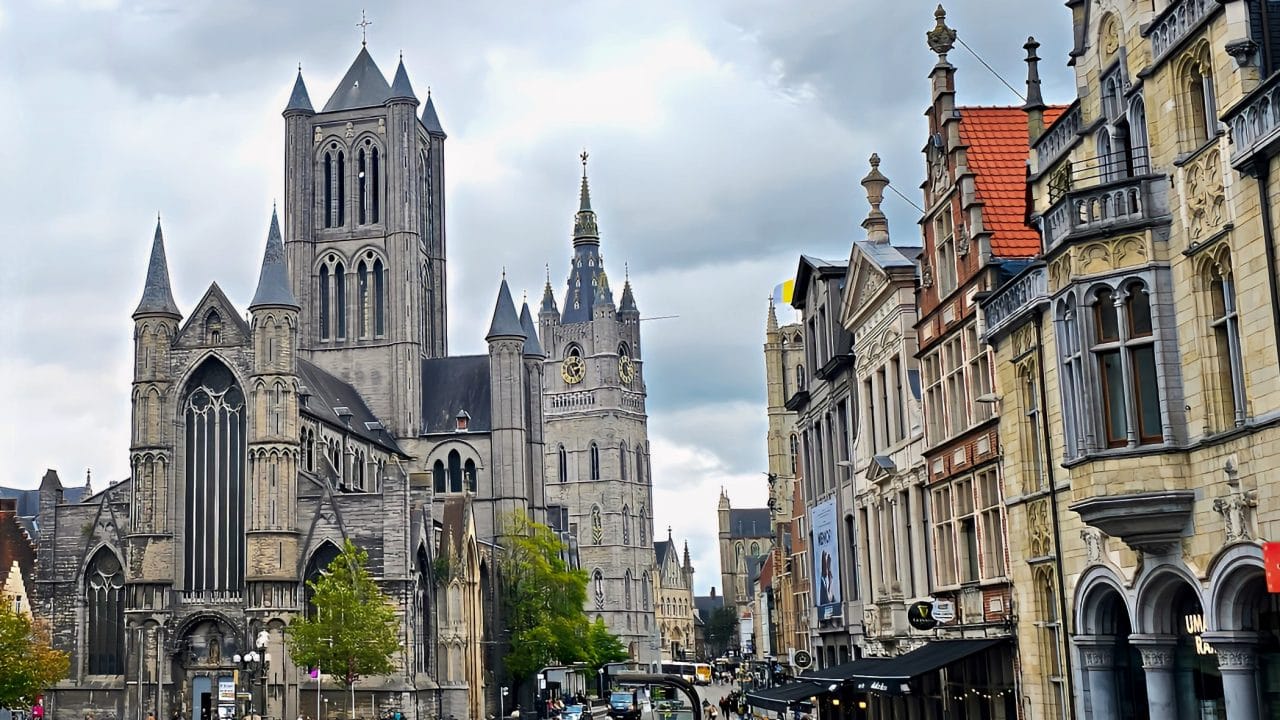
Ghent is often called the “City of Three Towers,” and while they aren’t as visible from the street, if you get some distance away, they dominate the skyline. In the picture St. Nicholas Church is in front, followed by the Belfry, which looks almost attached but isn’t at all. Finally, over to the right you can see St. Bavo’s Cathedral with its spire and a flag, just peeking out.
St. Bavo’s Cathedral houses one of Ghent’s most famous cultural treasures, the Ghent Altarpiece, or “The Adoration of the Mystic Lamb”, by the van Eyck brothers. This piece of art has been stolen and recovered multiple times, including by the French under Napoleon and during WWII by the Nazis. It is considered one of the most important works of the Northern Renaissance.
During our boat tour, the guide pointed out the swans on the wall of the Marriott Hotel and shared an interesting story. Apparently, centuries ago (and still today), swans symbolized love and partnership. However, these particular swans are facing away from each other, indicating that the original establishment here didn’t welcome women—or at least not “ladies.” It’s funny how something as simple as swan artwork can hold such a specific meaning.
We also learned about a legend involving the town hall, which was said to be adorned with statues of monkeys symbolizing the wisdom needed for good governance. Although we didn’t spot any monkeys among the statues in our pictures, maybe we were looking in the wrong place.
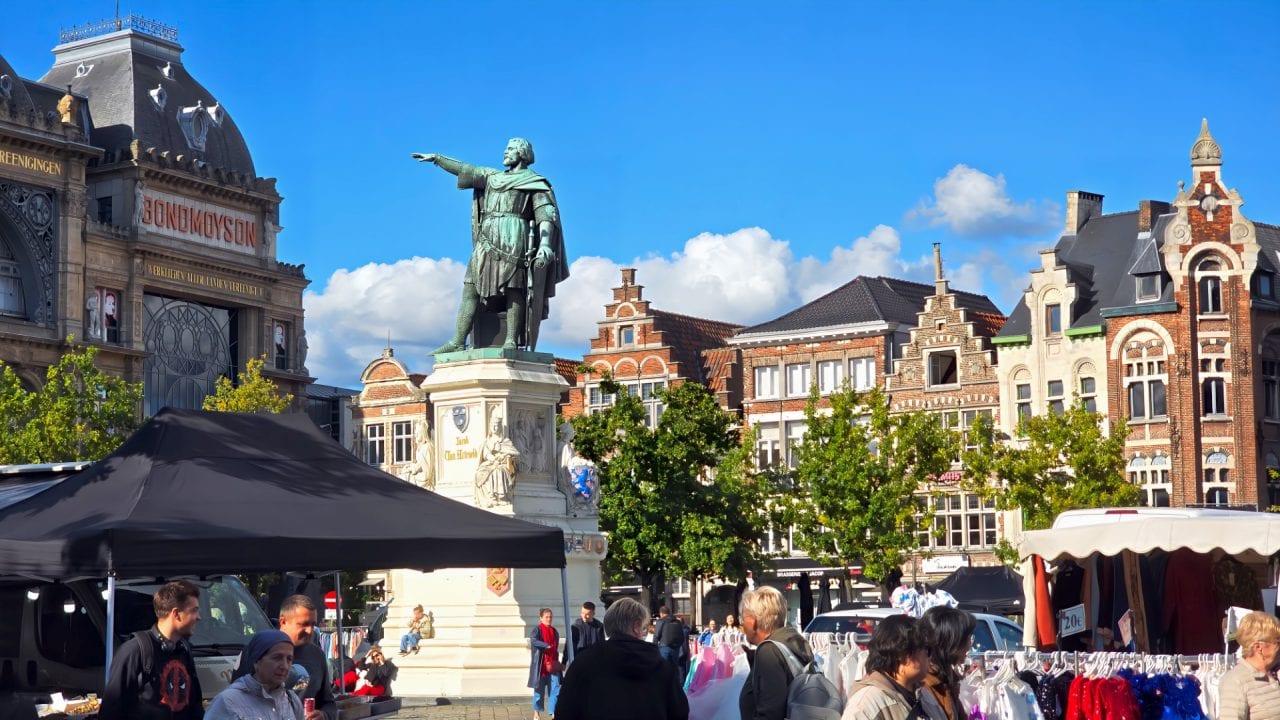
Market squares in historical towns are always a treat to explore. Ghent’s main square is no exception, with impressive buildings surrounding it. There’s also a statue of Jacob van Artevelde, a local hero who led Ghent during the Hundred Years’ War, though he was ultimately assassinated. His leadership during a critical period shaped Ghent’s history, and the square is a fitting tribute to him. The Hundred Years’ War, lasting 117 years, is considered a defining event in medieval Europe, shaping the future of both France and England and influencing the broader history of the continent.
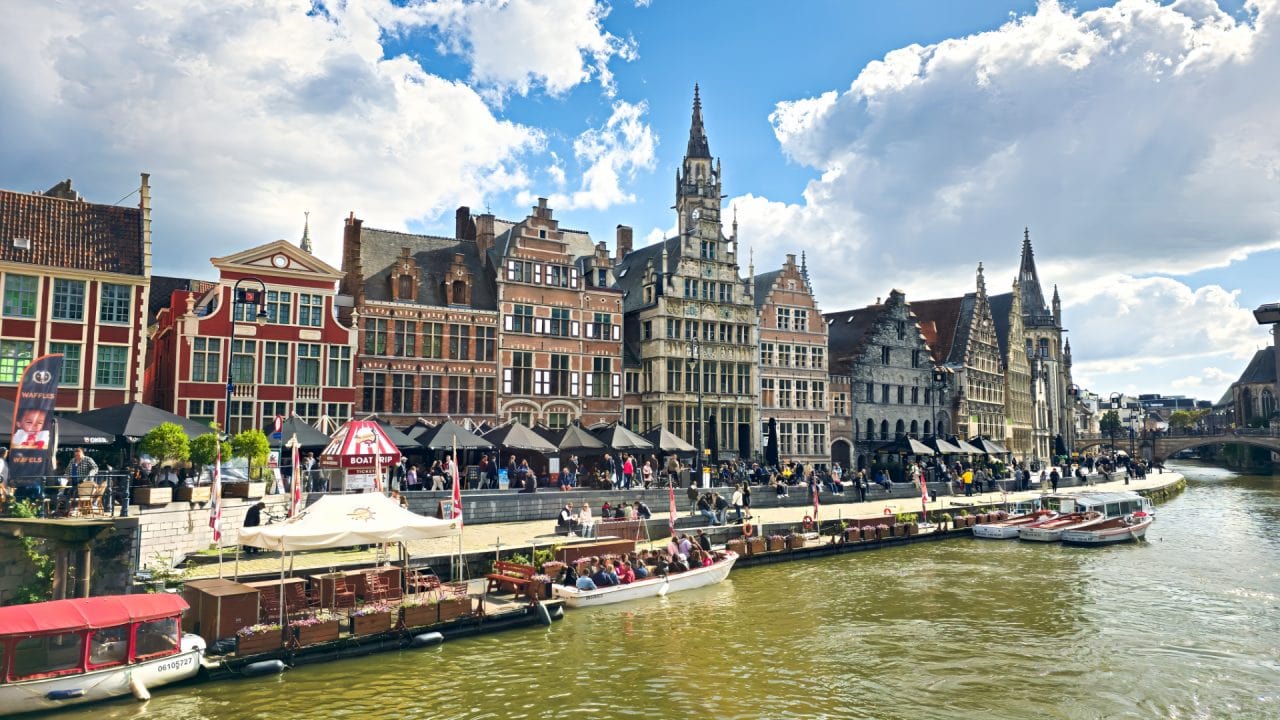
We started our boat trip from the Graslei Canal, and our guide was phenomenal—fluent in six languages! He would go from Dutch to French and then English without skipping a beat. There were moments where I missed parts of his English explanations because the switch was so seamless.
Ghent used to have 53 churches, one for each guild, and though many are gone, a lot of the old canal buildings were once guild houses. Guilds were powerful in medieval Europe, governing trades like tailoring, carpentry, and even archery. I hadn’t heard much about guilds of archers before this trip—quite interesting!

As many of you know, Mike has been pushing to bring our RV back to Canada this year. I wasn’t exactly on board, so nothing really moved forward for a while. When it was almost too late, I gave in, and we contacted the agent who helped us back in 2017. Mike was fine waiting to hear back, but I decided to take matters into my own hands and started getting new quotes. That’s when the chaos began!
We had to get the RV to the docks in four days, and we had only two days to pack up eight years’ worth of belongings and follow strict shipping rules (no e-bike batteries, aerosols, oil, propane, etc.). To add to the stress, we found out that our car couldn’t be shipped back due to new regulations on hybrid batteries, and most stressful of all, dockworkers in the U.S. were expected to strike, which could have delayed or even canceled the entire shipment.
We decided to leave Ghent and head to the UK to visit family while waiting for news. Luckily, on October 4, after three days of strike the strike was postponed for now. and we managed to book reasonably priced flights back to Canada. Trying to buy one-way plane tickets without spending a fortune at the last minute was very tricky. My airline points were useless. We had wanted to fly home around October 19 or 20 but those dates would have cost us $3,000 per person. It cost one quarter of that if we flew out October 15 so that is what we booked. So, now we’re arranging to scrap the car. I am not sure what would happen if we just left it in the airport parking lot without license plates, but I am pretty sure it wouldn’t be a good thing. We will need to spend a few days in Halifax waiting to pick up the RV (if everything goes according to plan!).
Nonetheless, we have plane tickets, we are working on scrapping the car and the RV has just left Liverpool, starting its journey across the Atlantic Ocean as I write this. Things are going as well as can be expected and actually much better than we feared a while ago.
I’ll update you soon on our time in England and how things unfold with the RV’s journey across the Atlantic.
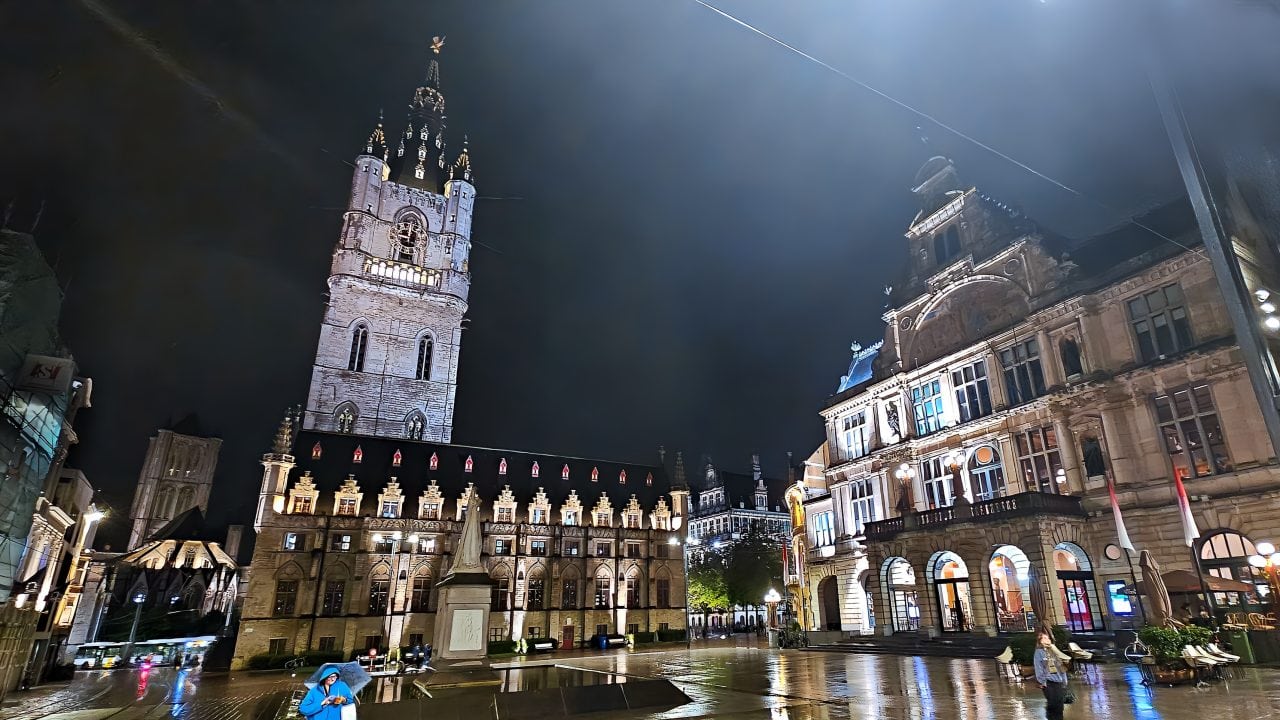

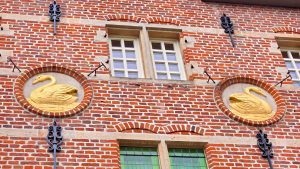
Leave a Reply